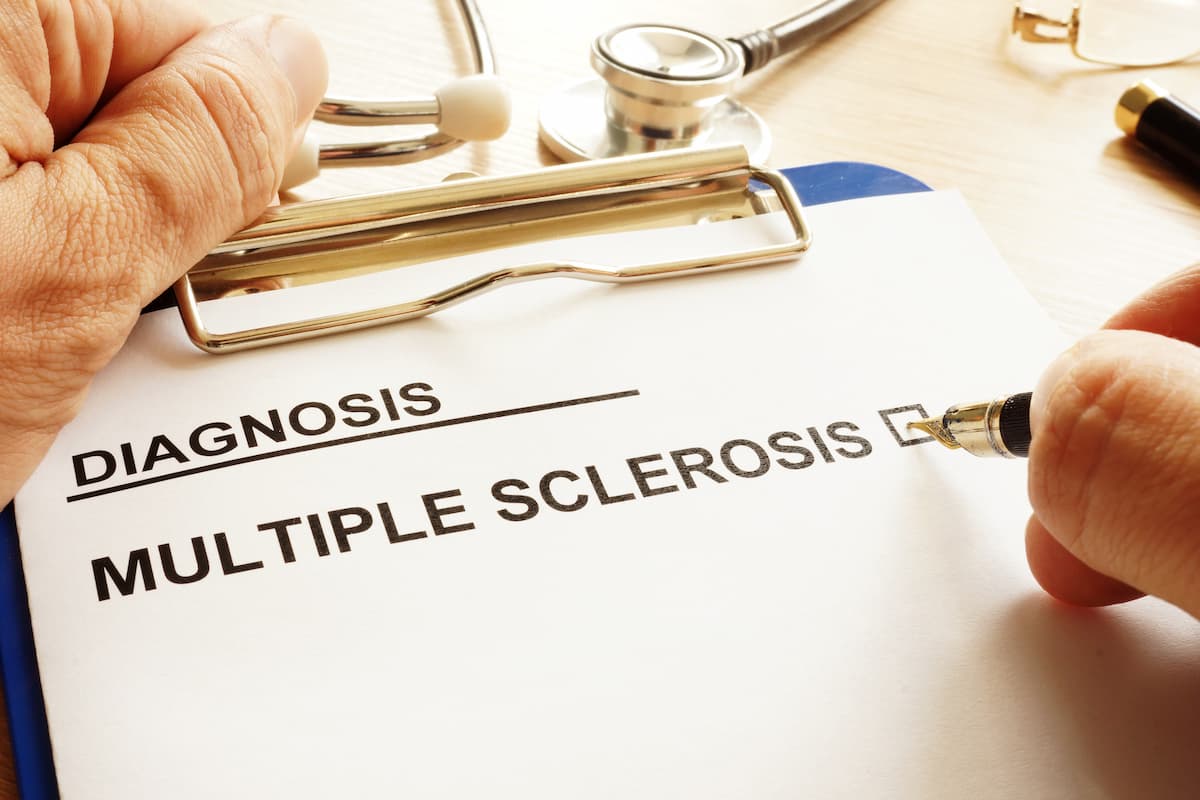Article
Recent Gains for Patients With POMS Linked to Therapeutic, Disease Management Advancements
Author(s):
Although knowledge is plentiful on disease state improvements for adult patients with multiple sclerosis (MS) following use of newer disease-modifying therapies, less is known about similar outcomes among patients with pediatric-onset MS (POMS).
Marked decreases in persistent disability scores were seen in a new study from Italy that investigated the effects of newer disease-modifying therapies (DMTs) and management standards for adults with pediatric-onset multiple sclerosis (POMS).
This study appeared recently in JAMA Neurology.
“In adult MS, the risk of reaching a persistent disability is gradually decreasing over time; however, this finding has not yet been demonstrated in the POMS population, whose management is limited by a low number of approved DMTs before age 18 years and possibly by other factors,” the authors wrote. “We sought to evaluate how time to reach a persistent disability has changed in a large cohort of patients with POMS, comparing 4 consecutive diagnosis epochs.”
Their overall findings demonstrate that with a mean (SD) follow-up of 21.8 (11.7) years, the mean annualized relapse rate was 1.3 (0.7) in the first year after disease onset and 0.6 (0.4) by the third year. In addition, in line with the primary outcome of Expanded Disability Status Scale (EDSS) scores of 4.0 and 6.0, their cohort took a median 31.7 (95% CI, 30.6-32.7) and 40.5 (95% CI, 38.6-42.4) years, respectively, to reach those milestones. More females than males had a disease-onset age of younger than 10 years.
This retrospective, multicenter, observational study of 3198 patients from the Italian MS Registry covered a May 2019 analysis of the time it took to reach disability milestones from MS in 4 periods: before 1993 (n = 619), 1993 to 1999 (n = 785), 2000 to 2006 (n = 934), and 2007 to 2013 (n = 860). These periods were chosen because they “approximately correspond to the time of approval of pivotal DMTs in Italy (interferons beta in 1996-1998, glatiramer acetate in 2002, and natalizumab in 2007),” the authors noted.
The risk of reaching the aforementioned EDSS scores dropped consecutively over the latter 3 time periods:
- EDSS score of 4:
- 1993 to 1999 had an HR of 0.70 (95% CI, 0.58-0.83)
- 2000 to 2006 had an HR of 0.48 (95% CI, 0.38-0.60)
- 2007 to 2013 had an HR of 0.44 (95% CI, 0.32-0.59)
- EDSS score of 6:
- 1993 to 1999 had an HR of 0.72 (95% CI, 0.57-0.90)
- 2000 to 2006 had an HR of 0.44 (95% CI, 0.33-0.60)
- 2007 to 2013 had an HR of 0.30 (95% CI, 0.20-0.46)
In addition, in the later study periods, DMTs were used more often, were initiated at an earlier age, and were given for longer periods. And, univariate analysis showed a positive correlation between EDSS score evaluations per year, period of EDSS assessment, age at onset, male sex, and annualized relapse rate and risk of reaching disability milestones.
The mean patient age at disease onset was 15.2 years and 69% were female. To be included in the final analysis, patients had to be younger than 18 years at MS onset, received their diagnosis before January 2014, and have at least a 3-year disease duration.
Notably, more patients were initiated on DMTs at younger ages with each time period evaluated (P < .001): 6% before 1993, 11% for 1993 to 1999, 26% for 2000 to 2006, and 39% for 2007 to 2013. Also, following a slight increase of 11.3 to 12.1 years in the median period of EDSS assessment from before 1993 to 1993 to 1999, respectively, significant decreases to 10.3 years and 5.7 years were seen for 2000 to 2006 and 2007 to 2013, respectively.
“Similarly to what has been observed in adult patients with MS, we found a gradual reduction of the risk of reaching a moderate/severe disability over time in POMS,” the authors wrote, which they attribute to changing therapeutic standards in MS.
“In the coming years, an increase of approved DMTs before age 18 years and upgrades in drug safety may lead to a further improvement of prognosis in this population,” they concluded.
Reference
Baroncini D, Simone M, Iaffaldano P, et al. Risk of persistent disability in patients with pediatric-onset multiple sclerosis. JAMA Neurol. Published online May 3, 2021. doi:10.1001/jamaneurol.2021.1008





